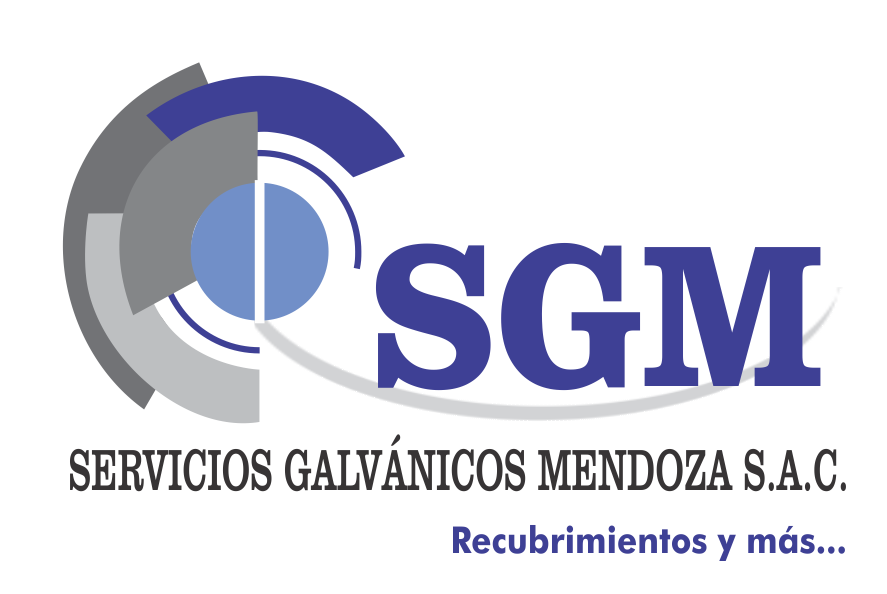- a single guy got shortage of spit quantity to assay cortisol account inside TSST date that will be reported right here once the with a beneficial cortisol impulse just to brand new I-SSST.
- b Around three people was classified once the nonresponders as they failed to reveal an effective cortisol reaction to often activity, so they really was taken from every cortisol studies analyses.
Abilities
The fresh impulse prices with the TSST therefore the I-SSST in the current research was indeed 72.5% and 77.5%, respectively. Dining table I account cortisol reaction for men and you may girls. Around three people (all women) did not reveal good cortisol response to either activity. Simply twenty-five% of females shown an effective cortisol response to each other employment compared to 90% of men.
Two-tailed independent t-tests were used to examine whether order of tasks influenced variables of interest. The analysis of order effect on self-reported stress change scores at T0 after the TSST showed a violation of Levene’s tests of the assumption for homogeneity of variances (P = 0.026); therefore, a t-test not assuming homogeneous variances was used. There was a statistically significant effect of order on self-reported stress change scores at T0 after the TSST (t37 = 2.21, n = 39, P = 0.035). Those who completed the TSST on their first visit (mean = , SEM = 7.47) had significantly greater change in self-reported stress immediately after the task (T0) than those who completed the TSST on their second visit (mean = 6.37, SEM = 4.16). There was not a statistically significant effect of order on self-reported stress immediately after the I-SSST (t37 = –0.637, n = 39, P = 0.528). Order did not have a statistically significant effect on the AUCi for either task (TSST t34 = 0.83, n = 36, P = 0.415; I-SSST t34 = –1.21, n = 36, P = 0.235).
A three-way mixed ANOVA on change in self-reported stress did not show a significant three-way (F2.46, = 0.62, n = 39, P = 0.571, p? 2 = 0.017; see Fig. 3) or two-way (condition ? sex Fstep 1,37 = 0.05, n = 39, P = 0.823, p? 2 = 0.001; time ? sex Fstep 1.66, = 0.17, n = 39, P = 0.803, p? 2 = 0.005; condition ? time F2.46, = 1.08, n = 39, P = 0.355, p? 2 = 0.028) interaction. Analysis showed a statistically significant main effect of time (F1.66, = , n = 39, P < 0.001, p? 2 = 0.570) but not of sex (Fstep 1,37 < 0.01, n = 39, P = 0.974, p? 2 < 0.001) or condition (F1,37 = 0.36, n = 39, P = 0.551, p? 2 = 0.010). Post hoc analysis revealed that change in self-reported stress was significantly greater immediately after the task (T0) compared with T15 (P < 0.001), T30 (P < 0.001), and T45 (P < 0.001). Self-reported stress did not differ between T15 and T30 (P = 1.00), T15 and T45 (P = 0.061), or T30 and T45 (P = 0.209).
Suggest improvement in notice-said worry out-of standard over the years once fret activity (letter = 39). B: Change in thinking-said be concerned over the years in I-SSST for ladies (gray) and you may guys (black). Mistake bars mean SEM.
A: Change in care about-reported worry over the years during the TSST for ladies (gray) and you can boys (black)
A three-way mixed ANOVA on natural log transformed change in cortisol did not show a significant three-way (Fstep 1.93, = 0.37, n = 36, P = 0.683, p? 2 = 0.011; see Fig. 4) or two-way (condition ? sex Fstep one,34 = 0.14, n = 36, P = 0.707, p? 2 = 0.004; time ? sex F1.80, = 1.39, n = 36, P = 0.256, p? 2 = 0.039; condition ? time F1.93, = 0.38, n = 36, P = 0.676, p? 2 = 0.011) interaction. Analysis showed statistically significant main effects of time (Fstep one.80, = 9.03, n = 36, P = 0.001, p? 2 = 0.210) and sex (Fstep 1,34 = , n = 36, P < 0.001, p? 2 = 0.561) but not condition (F1,34 = 0.21, n = 36, P = 0.649, p? 2 = 0.006). 13, SEM = 0.04) than for women (mean = 1.76, SEM = 0.04). Followup tests showed that incontrare un omone nero change in cortisol was significantly greater at T15 than at T0 (P = 0.007), T30 (P = 0.017), and T45 (P < 0.001). Change in cortisol at T30 was significantly greater than at T45 (P = 0.003). Change in cortisol did not differ between T0 and T30 (P = 0.385) or between T0 and T45 (P = 1.00).

Comentarios recientes